Traffic Safety Culture
Traffic Safety Culture focuses on how social factors in a community’s culture influence how people prioritize and accept traffic safety strategies.
Creating a positive safety culture is integral to helping our nation move toward a highway system with no fatalities. The materials on this page provide education and guidance for developing programs and initiatives. Much research has been performed on cultural transformation related to traffic safety. However, more work is needed to apply this knowledge to traffic safety.
The Toward Zero Deaths National Strategy applies safety culture to decision-making at all levels. It involves safety as a valued factor in every transportation decision, whether personal or organizational. The steps for building traffic safety culture are 1) Learn about traffic safety culture and how it might be developed in your community, 2) Develop a plan to improve safety culture deficiencies and incorporating traffic safety culture into existing safety plans, 3) Engage stakeholders to refine the plan and build support, 4) Implement the plan while maintaining a dialogue with stakeholders, and 5) Evaluate the effectiveness of safety culture plan implementation and set new safety culture goals.
Traffic Safety Culture Development Process
Resources
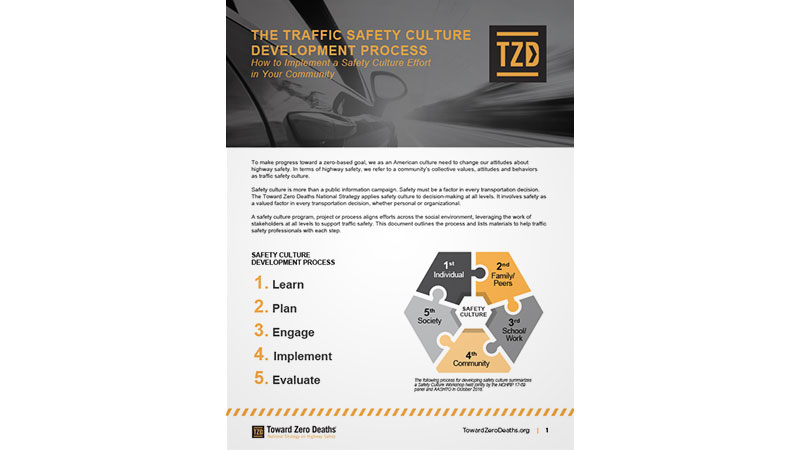
Development Process
This document outlines the basic process for developing a safety culture program. Steps include learning about your community’s culture, engaging stakeholders, developing and implementing a plan, and measuring progress.
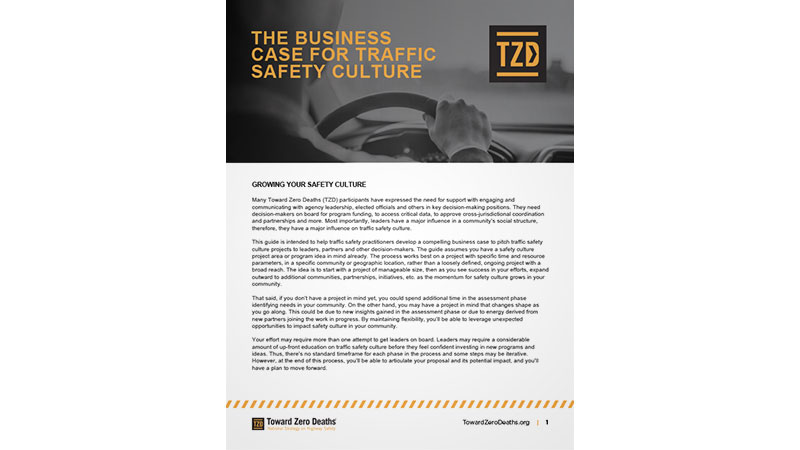
Developing a Business Case for Your Project
This guide helps traffic safety practitioners develop a compelling business case to pitch projects to leaders, partners and other decision-makers.
Case Studies
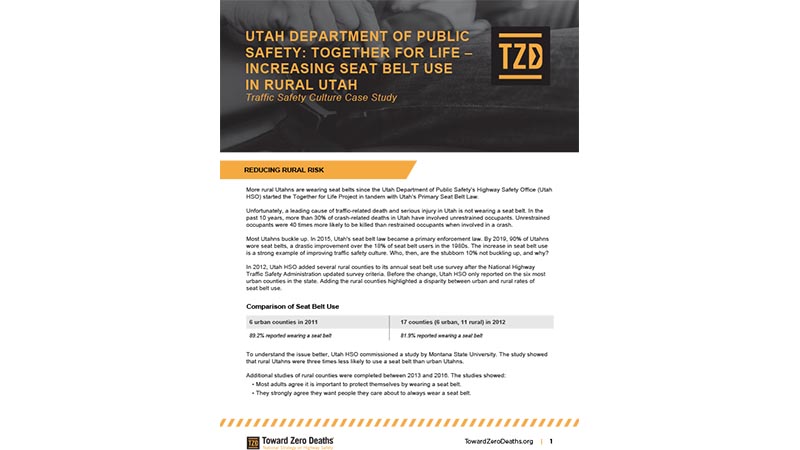
Utah Department of Public Safety: Together For Life – Increasing Seat Belt Use in Rural Utah
In studying rural community culture, Utah HSO recognized the need for a different approach to seat belt use. The Together for Life Project was designed to build on existing strengths and resources in Utah’s rural communities.
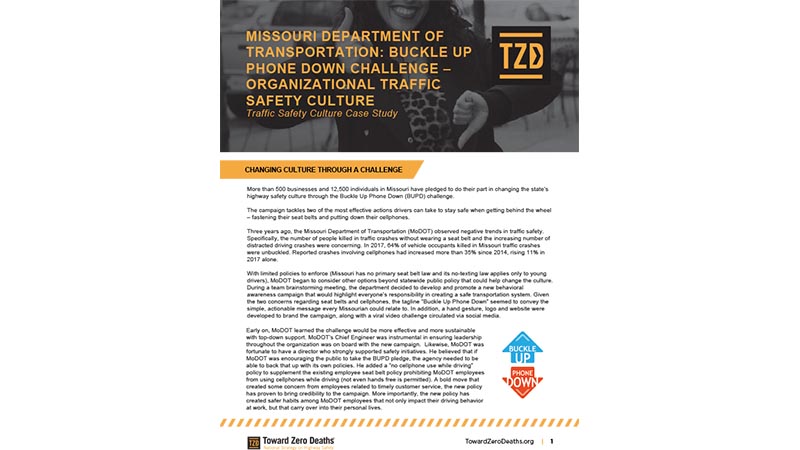
Missouri Department of Transportation: Buckle Up Phone Down Challenge – Organizational Traffic Safety Culture
Missouri’s campaign got more than 500 businesses and 12,500 individuals to pledge to do their part in changing the state’s highway safety culture through the Buckle Up Phone Down (BUPD) challenge.
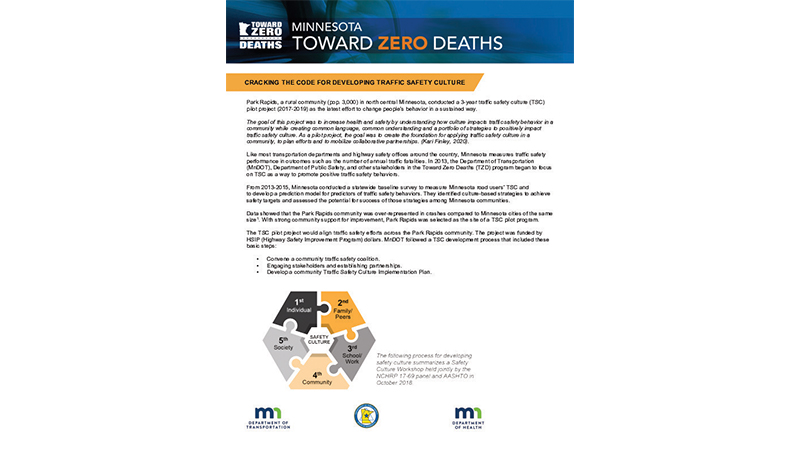
Minnesota Toward Zero Deaths: Cracking the Code for Developing Traffic Safety Culture
Park Rapids, a rural community (pop. 3,000) in north central Minnesota, conducted a 3-year pilot safety culture program to change road user behavior in a sustained way.
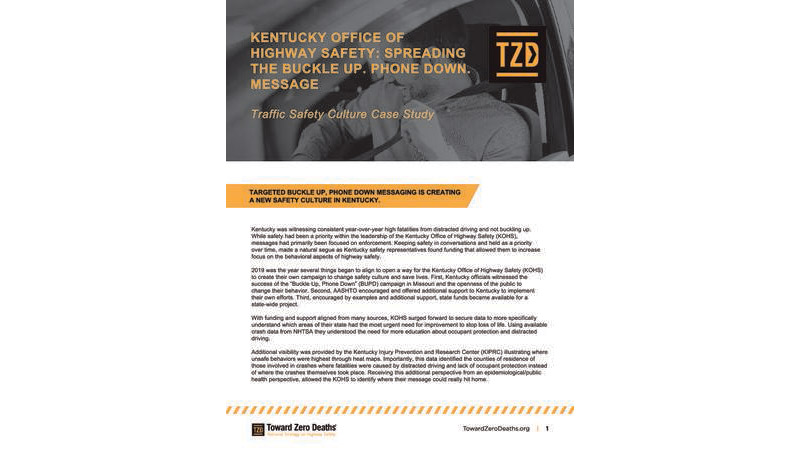
Kentucky Office of Highway Safety: Spreading the Buckle Up. Phone Down. Message
The Kentucky Office of Highway Safety is using heat maps to target the “Buckle Up. Phone Down.” message to those more likely to be driving distracted or without a seat belt in their communities to create a new traffic safety culture.Transportation Pooled Fund Primer
The resources linked below are part of the FHWA Transportation Pooled Fund for Traffic Safety Culture, administered by the Montana Department of Transportation.
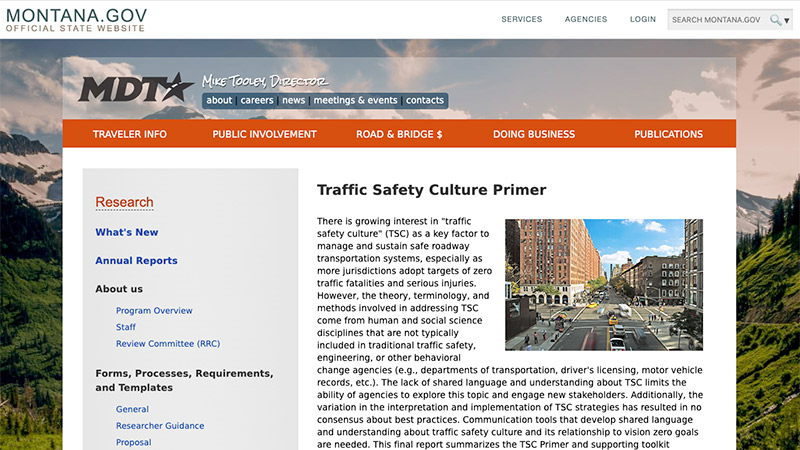
Primer Webpage
This website contains the Primer toolkit; materials to guide development of positive safety culture and zero-based goals.
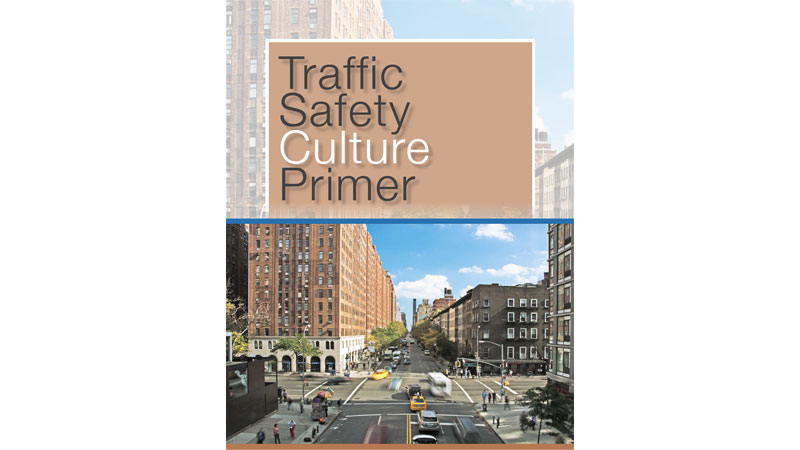
Primer Document
The Primer gives the definition of Traffic Safety Culture and explains its influence on road user behavior and traffic safety, ultimately reaching the goal of zero fatalities and serious injuries.

Primer Poster
The Primer poster provides an overview of safety culture process implementation.
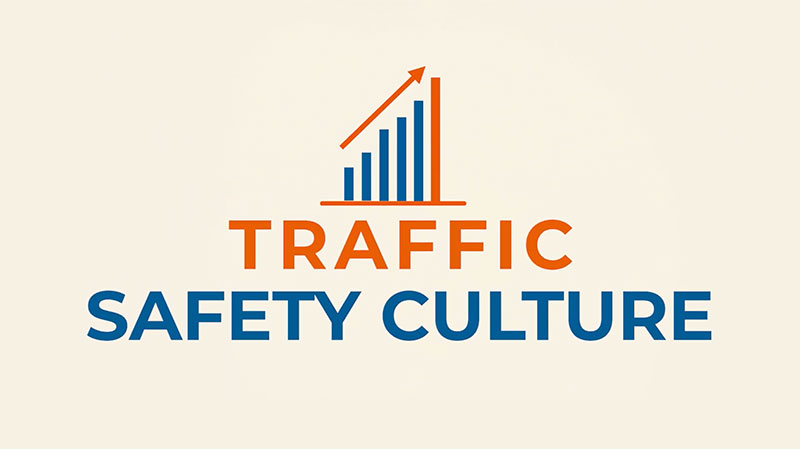
Primer Video for Traffic Safety Professionals
The Primer video provides a brief, easy-to-understand definition of Traffic Safety Culture.
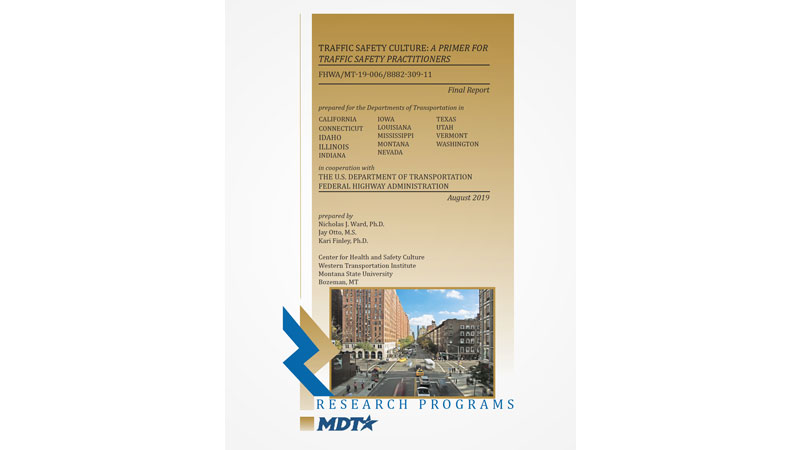
Final Report: A Primer for Traffic Safety Practitioners
The Primer final report contains details about the contents of the Primer toolkit.
Partner Resources
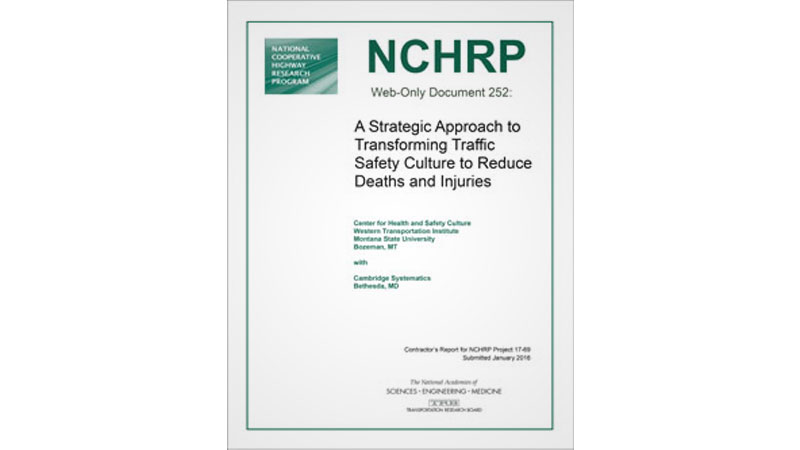
NCHRP 17-69: A Strategic Approach to Transforming Traffic Safety Culture to Reduce Deaths and Injuries (Document 252)
This document provides guidance to state agencies on a strategic approach to developing a safety culture among road users and stakeholders.
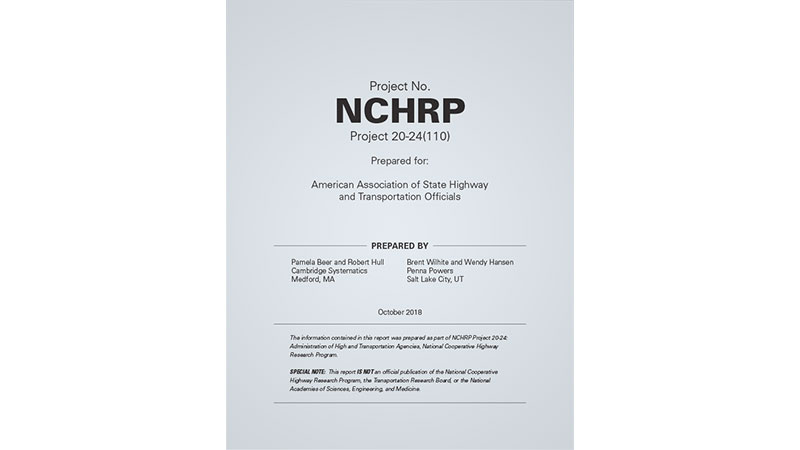
NCHRP 20-24(110): DOT-HSO Communication Guidebook: A Study Conducted for AASHTO
This guidebook identifies ways state Departments of Transportation (DOT) and Highway Safety Offices (HSO) could improve internal and external communications on road safety and safety culture.
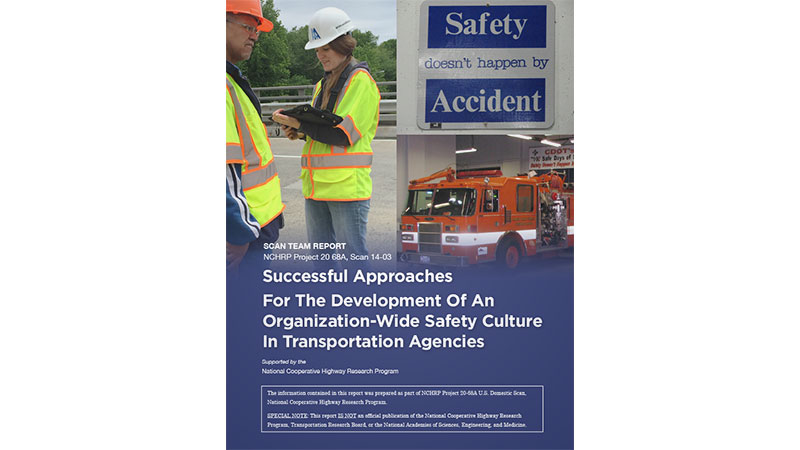
NCHRP Project 20 68A, Scan 14-03: Successful Approaches for the Development of an Organization-Wide Safety Culture in Transportation Agencies
This report describes a scan tour of agencies that demonstrate organizational safety culture.
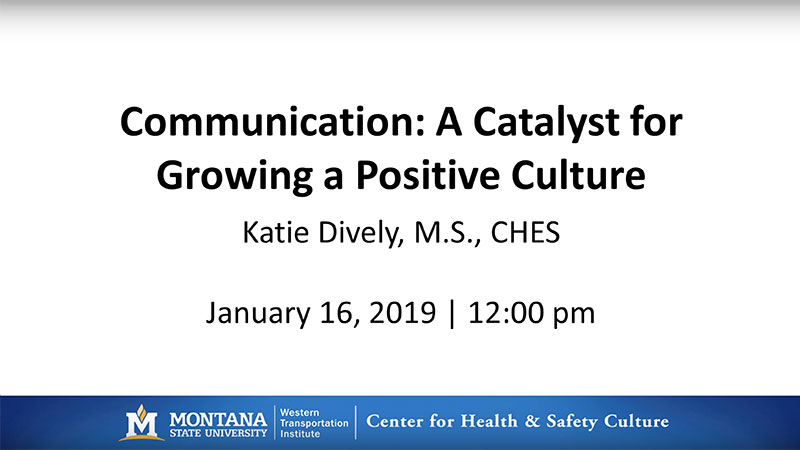
Communication: A Catalyst for Growing a Positive Culture
This video describes communication as an essential component of developing safety culture.
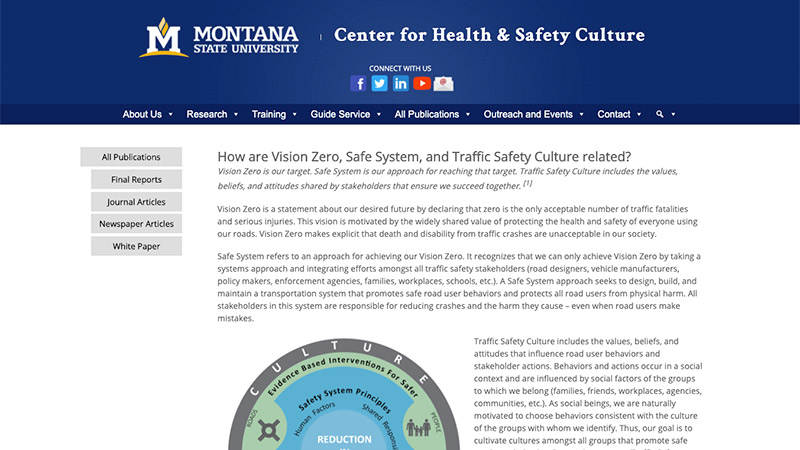
How are Vision Zero, Safe Systems, and Traffic Safety Culture Related?
This webpage provides a helpful explanation of the relationship between safe systems, zero fatalities focused programs, and Traffic Safety Culture.
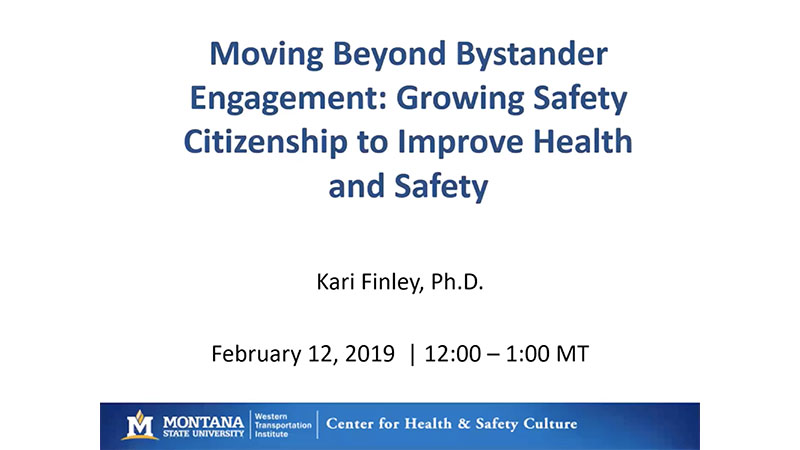
Moving Beyond Bystander Engagement: Growing Safety Citizenship to Improve Health and Safety
This webinar introduces safety citizenship, which seeks to involve the majority of people engaging in safe behaviors to influence the smaller group engaging in risky behaviors.
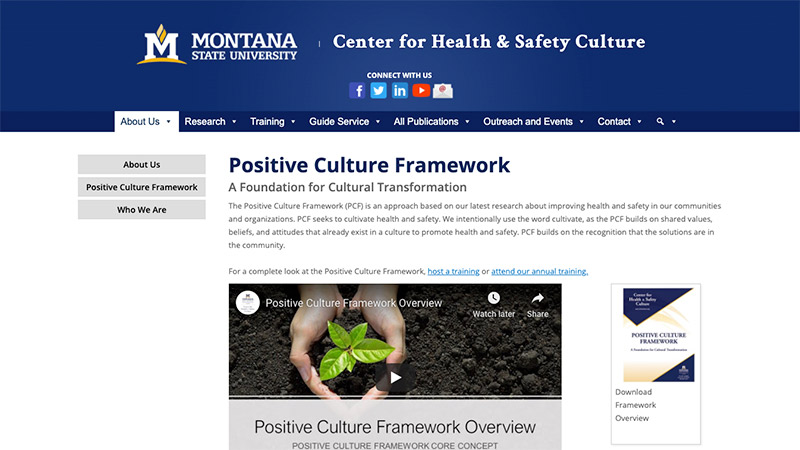
Positive Culture Framework: A Foundation for Cultural Transformation
This video explains how the Positive Culture Framework addresses public health and safety issues by building on the shared values, beliefs and attitudes that already exist in a culture.
